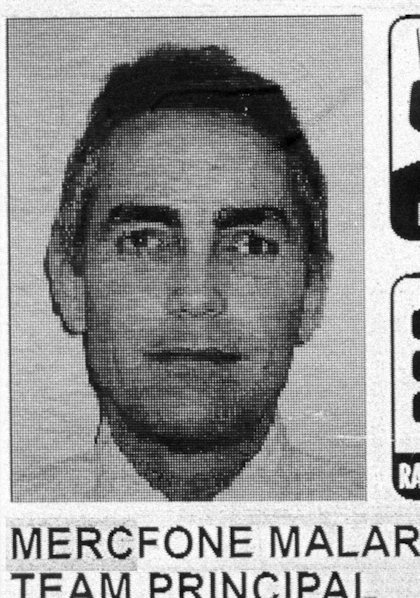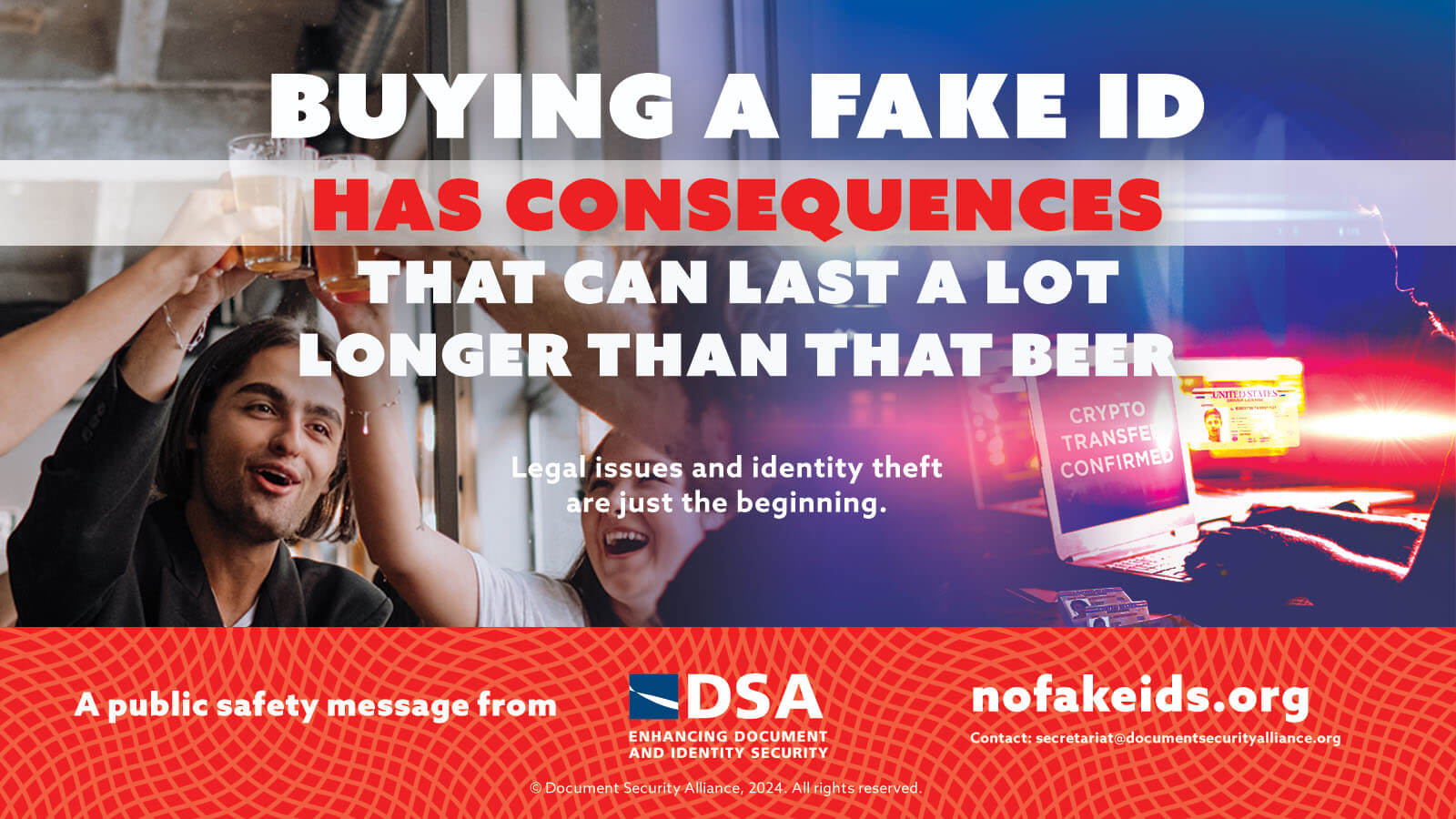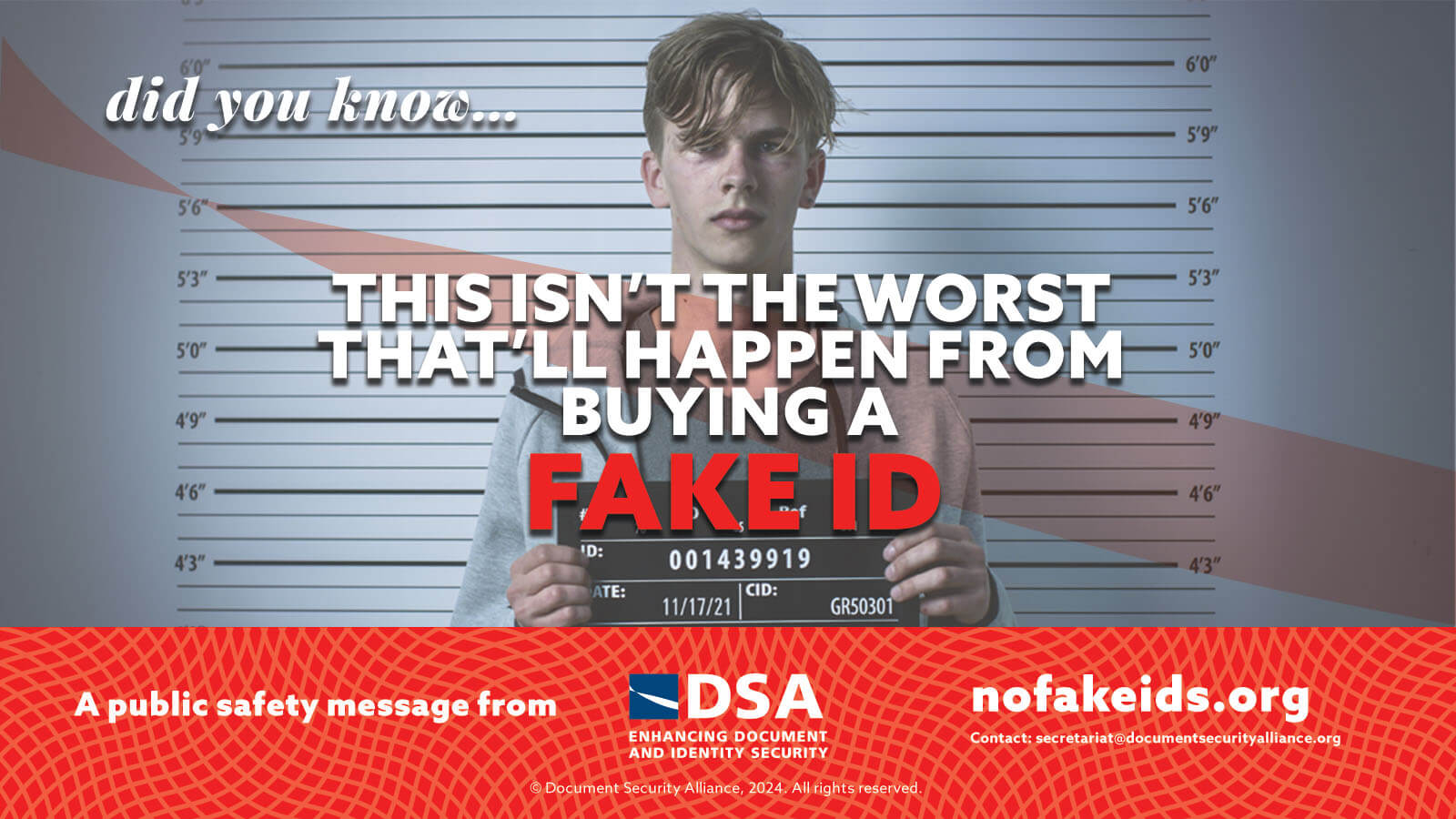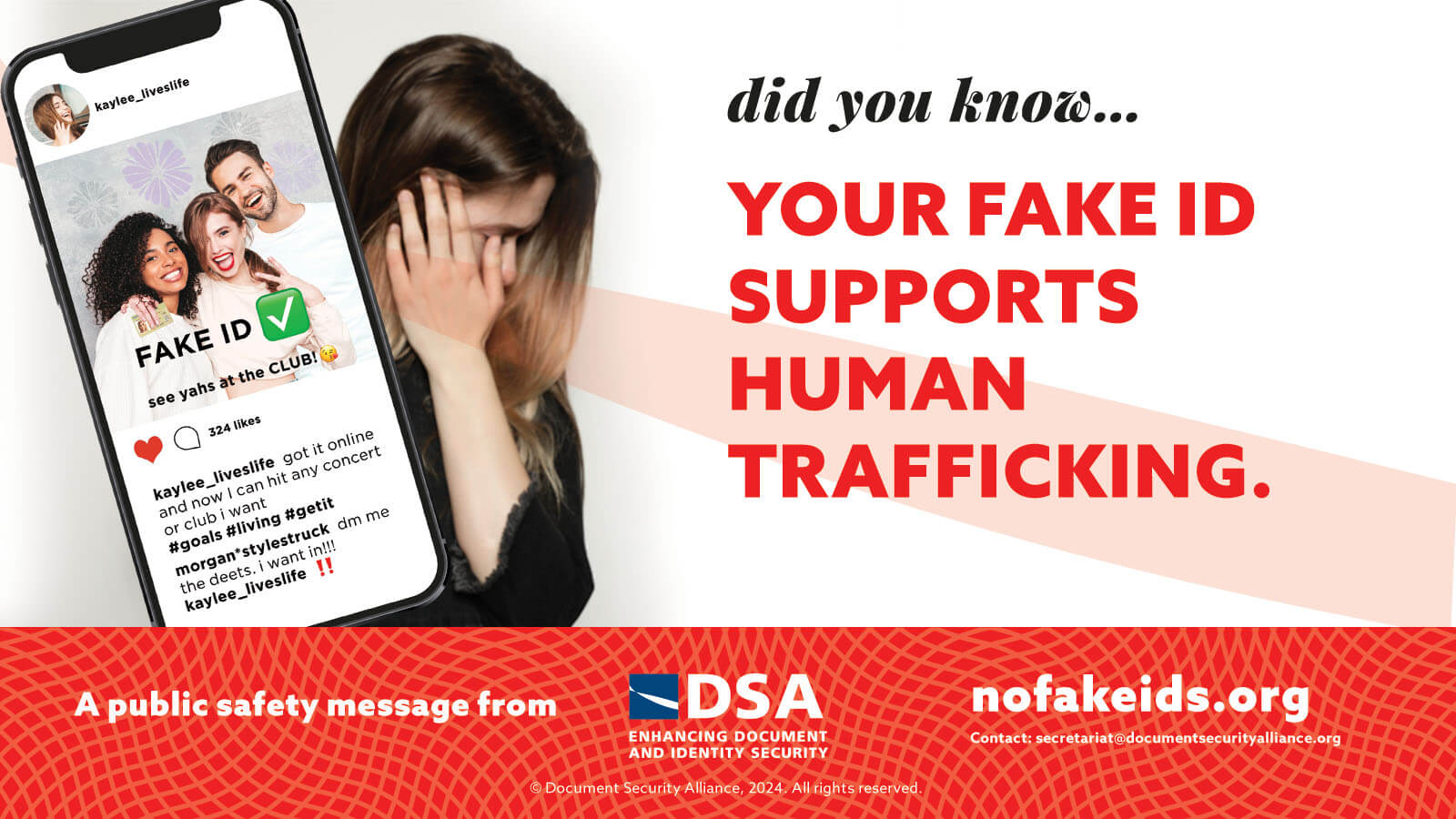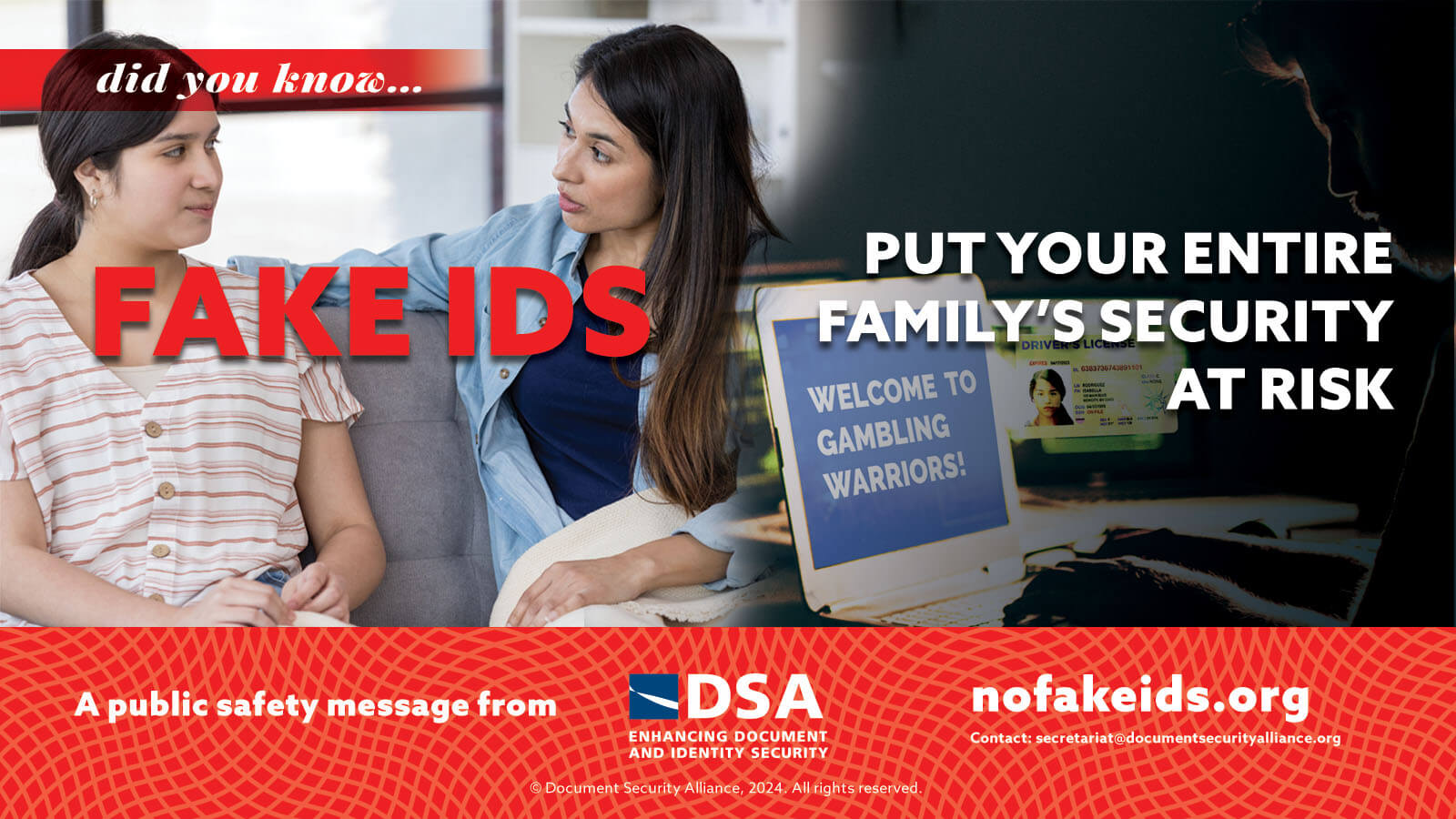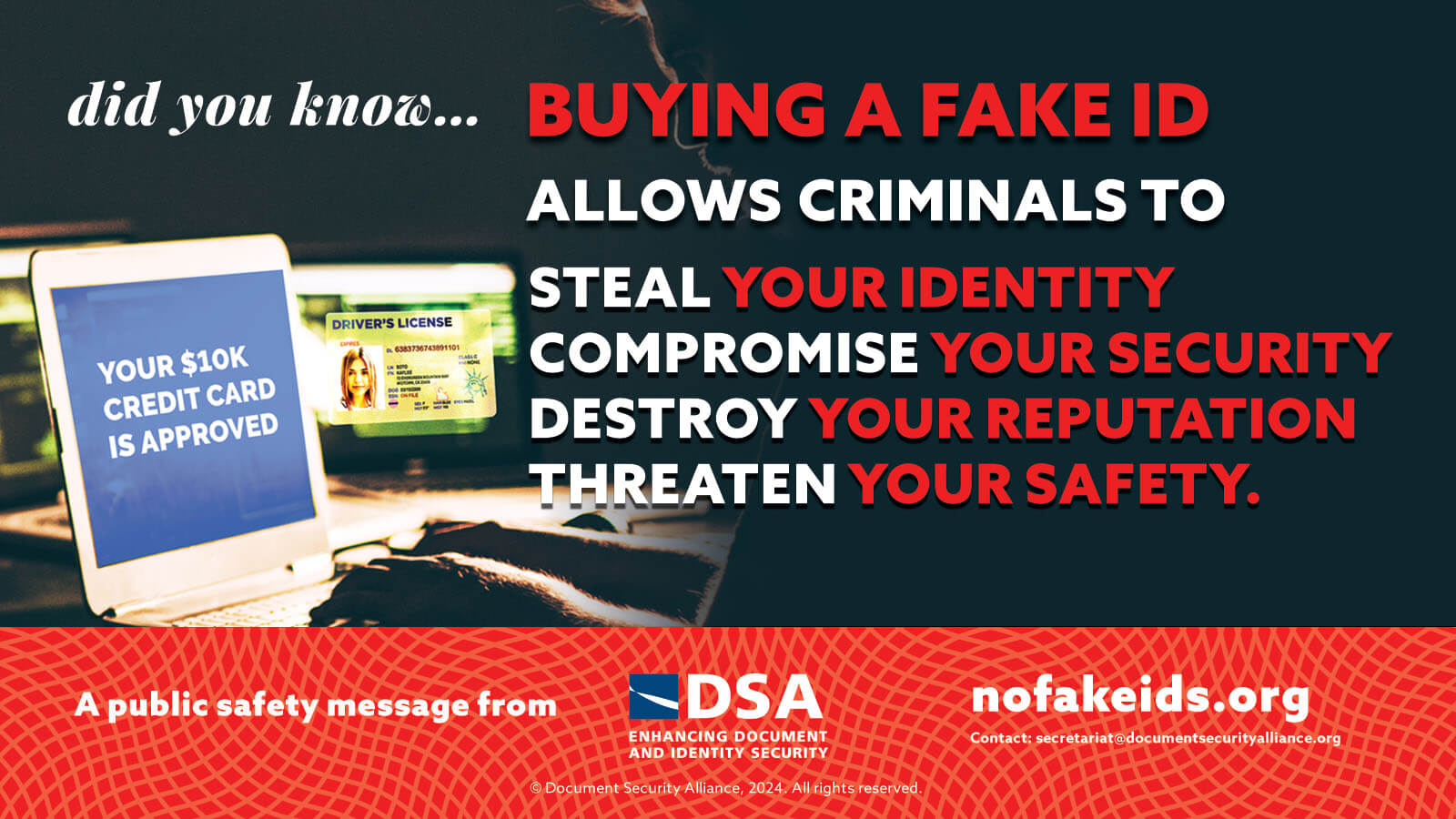Laser Engraving (tactile and non-tactile)
A process for blackening special plastic layers by heating them with a laser.
Laser engraving is the inscribing of information into a substrate, such as a plastic card by means of burning the substrate with, for instance, a CO2 or Nd-Yag laser beam (laser ablation). Laser engraving allows the personalization of the plastic card. Matrix engraving and vector engraving are distinguished. Matrix engraving results in alpha-numericals composed of tiny dots, enscribed in the plastic core of the card through the transparent top foil. This is done without burning in the top foil itself and as a result matrix engraving has no tactility. This technique is often applied to create personalization with a fully integrated photograph. Vector engraving results in alpha-numericals composed of thin lines that are burned into the core as well as the top foil. As a result, vector engraving is distinguished by its obvious tactility. Vector engraving is frequently used to inscribe numerical information (e.g. the account number) partly in the plastic card, and partly in a DOVID, such as a hologram or kinegram. A new application of laser engraving, invented by J.D. Brongers of the ING-Group (The Netherlands), involves the engraving of variable information into two DOVIDs, stacked upon one another. By proper administration of the eximer laserbeam, the top DOVID is removed by ablation, while the bottom DOVID remains untouched. The result is a DOVID with iridescent personal information.
